Our experts
To find out more about any of the issues raised in our Pharma forum 2021 sessions, please reach out to one of our experts.
Earlier this summer, over 70 delegates from the early stage ventures to the powerhouses of the pharmaceutical industry attended our inaugural Pharma forum – a one-day virtual conference showcasing the legal issues that matter most to the pharmaceuticals and biologics industries.
The comprehensive conference agenda was filled with informative, practical sessions led by our specialists in intellectual property, data privacy, regulatory and product safety law from the UK and EU, and covered all the key issues and developments of the moment.
We were also joined by special guests George Moore (Viatris) and Sir Robin Jacob, who shared their views on the direction in which the pharma industries are going and the legal issues they think will arise in future.
Videos of each Pharma forum 2021 session are available below.
Session videos
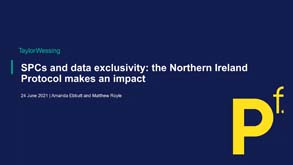
SPCs and data exclusivity – The Northern Ireland Protocol makes an impact
Key takeaways:
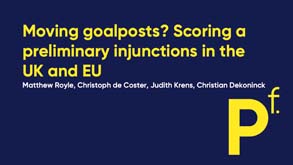
Moving the goalposts? Scoring a preliminary injunction in the UK and EU
Key takeaways:

Fireside chat with George Moore
Our international co-head of Life Sciences & Healthcare Simon Cohen sits down with Viatris' George Moore to talk about the direction that the pharmaceuticals industries are headed in and the legal issues that could arise along the way.
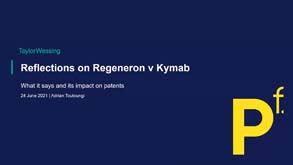
Reflections on the Regeneron v Kymab mouse case
Key takeaways:
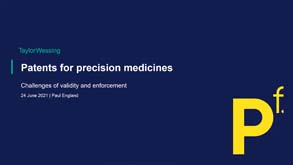
Enforcement of precision medicine patents – UK challenges ahead
Key takeaways:
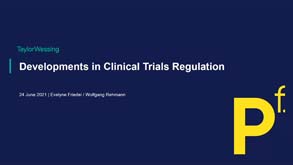
Developments in clinical trials regulation
Key takeaways:

AI-enabled drug discovery collaborations
Key takeaways:

Compulsory licensing in Germany – the coronavirus crisis and beyond
Key takeaways:
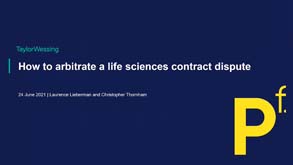
How to arbitrate a life sciences contract dispute
Key takeaways:

GDPR and AI update – Navigating data transfers restrictions, new AI regulation proposals, cybersecurity risks, personal data ethics and diversity
Key takeaways – data transfers:
Key takeaways – AI regulation:
Key takeaways – cybersecurity risks:

Trade marks, border enforcement, and exhaustion after Brexit
Key takeaways:
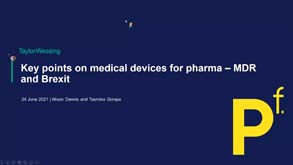
Key points on medical devices for pharma – MDR and Brexit
Key takeaways:
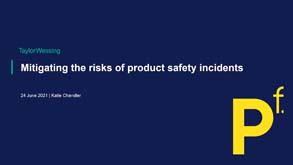
Managing a product safety incident
Key takeaways:

Tax developments affecting life sciences businesses
Key takeaways:
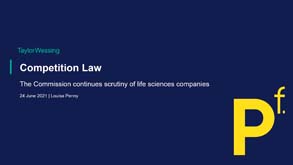
Competition update – The European Commission continues scrutiny of life sciences companies
Key takeaways:

Fireside chat with Sir Robin Jacob
Our international co-head of Life Sciences & Healthcare Simon Cohen sits down with Sir Robin Jacob to talk about the direction that the pharmaceuticals industries are headed in and the legal issues that could arise along the way.
To find out more about any of the issues raised in our Pharma forum 2021 sessions, please reach out to one of our experts.